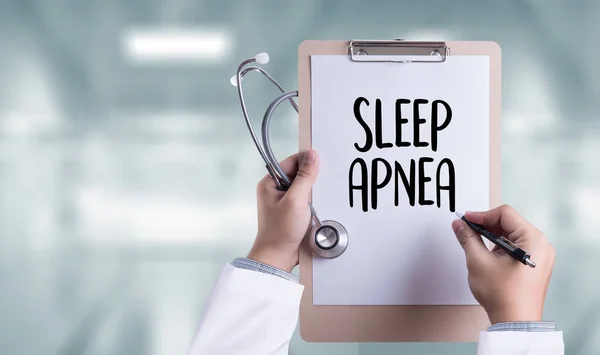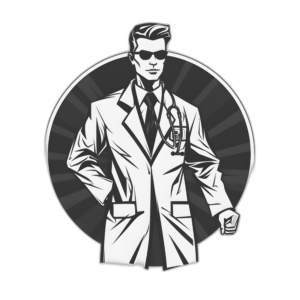Introduction:

In a fast-paced world that never sleeps, a good night’s rest has become a luxury. However, for those afflicted by sleep apnea, sleep is not only elusive but potentially life-threatening. Sleep apnea is a widely misunderstood and underdiagnosed sleep disorder that affects millions worldwide. In this article, we delve into the world of sleep apnea, exploring its causes, symptoms, and potential consequences. More importantly, we shed light on the latest advancements in its diagnosis and treatment, offering hope for a restful future.
What is Sleep Apnea?
Nocturnal hypoventilation is a sleep disorder characterized by interrupted breathing during sleep. The word “apnea” translates to “without breath,” and this condition aptly describes the central feature of sleep apnea. It occurs when the upper airway collapses, blocking the flow of air and interrupting the normal breathing pattern.
Types of Upper airway resistance syndrome (UARS)
There are three primary types of Nocturnal hypoventilation:
- obstructive sleep apnea (OSA)
- central sleep apnea (CSA)
- complex sleep apnea syndrome (CSAS). OSA
The most prevalent form, is caused by a physical obstruction in the airway, while CSA stems from a failure of the brain to signal the muscles responsible for breathing. CSAS is a combination of both OSA and CSA.
Recognizing the Symptoms:
Nocturnal hypoventilation often goes undiagnosed due to its subtle and easily mistaken symptoms. Common signs include loud snoring, gasping or choking during sleep, excessive daytime sleepiness, morning headaches, and difficulty concentrating. Other symptoms may include irritability, mood swings, and a decreased libido.
The Consequences of Untreated Sleep Apnea:
While sleep apnea may seem like a mere annoyance, the consequences of leaving it untreated can be severe. The chronic oxygen deprivation and sleep fragmentation associated with Nocturnal hypoventilation can lead to an increased risk of heart disease, stroke, high blood pressure, diabetes, and even depression. Furthermore, untreated Nocturnal hypoventilation can adversely affect one’s quality of life, productivity, and relationships.
Diagnosis and Treatment Options:
Diagnosing Nocturnal hypoventilation requires a comprehensive sleep study conducted in a sleep laboratory or through home-based sleep tests. Fortunately, advancements in technology have made diagnosis more accessible and convenient. Once diagnosed, various treatment options are available, ranging from lifestyle changes and positional therapy to oral appliances, continuous positive airway pressure (CPAP) machines, and surgical interventions. The choice of treatment depends on the severity and underlying cause of Nocturnal hypoventilation.
Promising Advances in Sleep Apnea Research:
Recent breakthroughs in Nocturnal hypoventilation research have sparked hope for more effective and personalized treatments. Innovations such as upper airway stimulation therapy, oral pressure therapy, and alternative approaches like positional therapy devices have emerged, providing new avenues for improved Nocturnal hypoventilation management.
Empowering Lifestyle Changes:
While medical interventions are crucial, simple lifestyle modifications can also make a significant impact. Weight management, regular exercise, avoiding alcohol and sedatives, and maintaining a consistent sleep schedule can greatly alleviate the symptoms of Nocturnal hypoventilation.
Conclusion:
Nocturnal hypoventilation may be a common and potentially dangerous condition, but with increased awareness and innovative research, its impact can be minimized. By understanding the symptoms, seeking diagnosis and treatment, and adopting healthy lifestyle habits, individuals can reclaim their sleep and safeguard their long-term health. Together, let us strive for a future where restful nights are no longer a luxury but a basic necessity for all.

